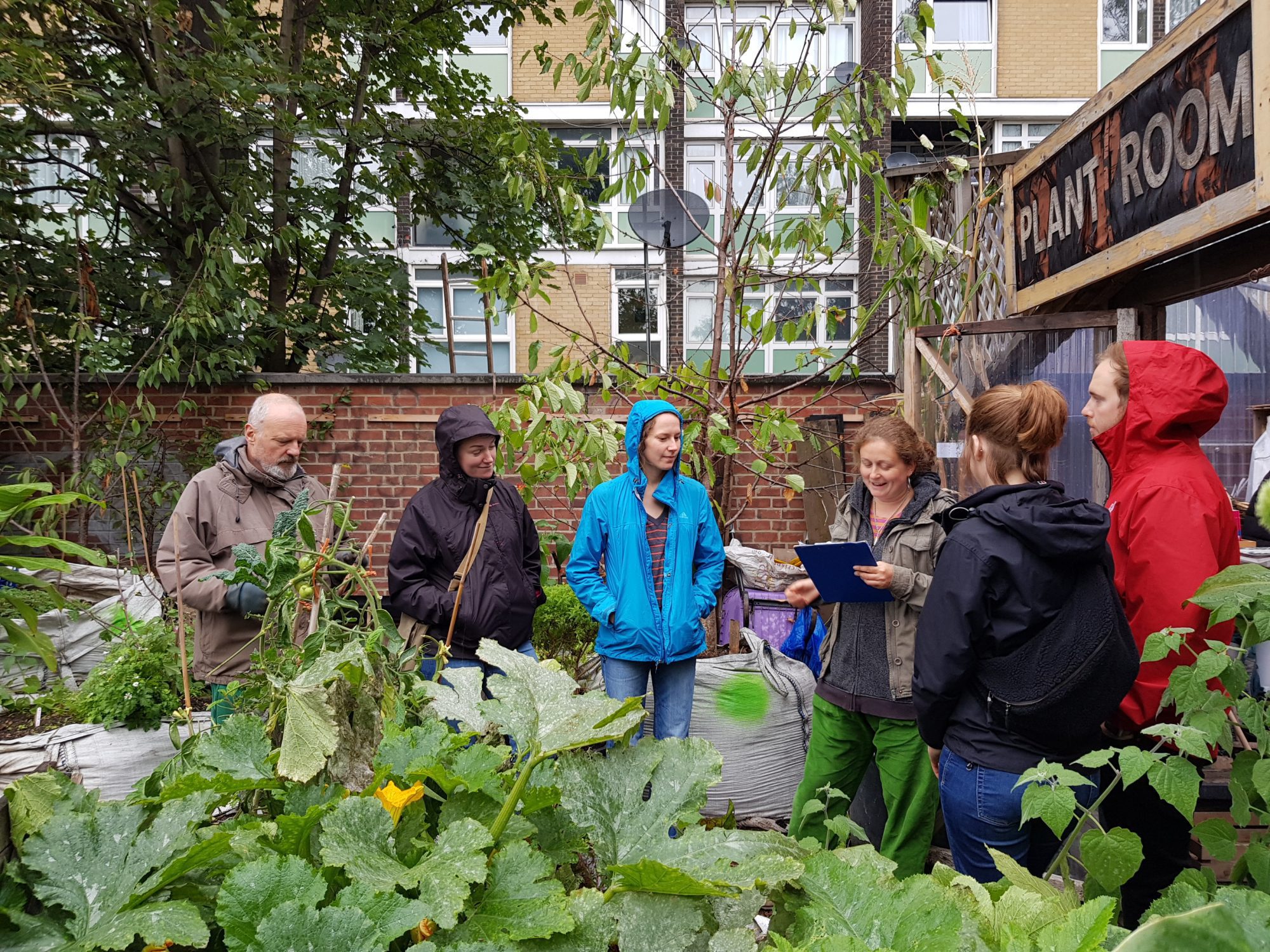
Caroline Macfarland
Director, Common Vision
The ‘backbone’, the ‘foundations’, the ‘scaffolding’ – these are a few of the words used in descriptions of why infrastructure is important for civil society organisations to be effective. Yet infrastructure often seems like a nebulous term. One common definition is the shared services and networks which ‘frontline’ organisations draw on for support not only to operate, but to be more effective and achieve collective impact beyond the sum of their parts. These usually include direct capacity building and development support, networking and knowledge sharing, and shared advocacy. ‘Support intermediaries’, ‘second tier organisations’, ‘trade bodies’, ‘membership networks’, or ‘umbrella bodies’ are all terms synonymous for infrastructure.
Changing economic contexts and government priorities over the past three decades have meant that infrastructure has waxed and waned in terms of recognition, profile, and public and charitable funding that it receives. A handful of recent programmes from independent funders have signalled a renewed interest in infrastructure, and core support for organisations which provide it.
One key reason for this interest is of course the context of the COVID-19 recovery in which building capacity and sharing knowledge is a vital part of adapting to ongoing unpredictability, and weathering both the immediate and longer-term impacts of economic scarring, social upheaval and geo-political disruption. Understanding how to invest in infrastructure so that it meets these needs is an important part of rebuilding the foundations of a resilient and diverse civil society.
Another key driver for being thoughtful and critical about infrastructure is because of diversity and inclusion questions that have surfaced in recent years. In the past, infrastructure bodies have unconsciously sustained and reproduced structural inequalities in the networks and support they provide.
Both models demonstrate the privileged role which funders play in choosing, endorsing and shaping what’s available to civil society organisations and who provides it. This has significant power, diversity and equity implications which are sometimes under-acknowledged.
Infrastructure is as important to the growth and resilience of community businesses as it is to other sectors and wider civil society. Since its inception Power to Change has invested in a number of partnerships with infrastructure organisations, many of which have a key objective to support or grow the local, sector specific or national infrastructure for community businesses. Last autumn, Common Vision was commissioned to examine Power to Change’s partnerships and infrastructure strategy – and many of the insights we unearthed for Power to Change are also relevant and useful to other civil society funders. This is why Common Vision has published a ‘Futures Playbook’ exploring how building and resourcing infrastructure can support civil society to be impactful, resilient and adaptive in the future.
Power to Change is already well-regarded in relation to its partnerships with infrastructure organisations. Moving forward, key considerations include the best way to position community business within broader complementary economic and social narratives, what sort of collaboration and relationship building would be beneficial between community businesses and different actors in these bigger systems, and whether supporting diverse infrastructure providers could help encourage new entrants into the community businesses sector.
Ultimately, infrastructure is about power – how power is built and shared, who define and sustains its legacy, and who facilitates a common understanding and consensus. Infrastructure is a crucial part of the picture in successfully unlocking power in communities and building the power of the community business sector.



